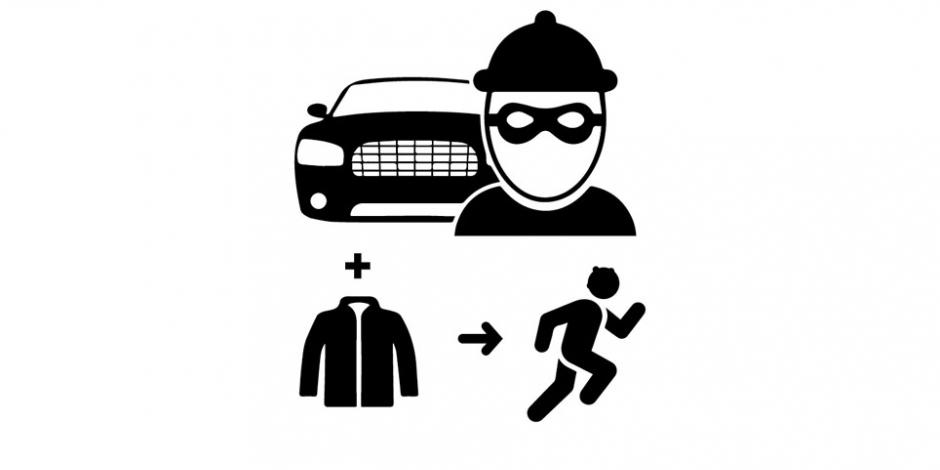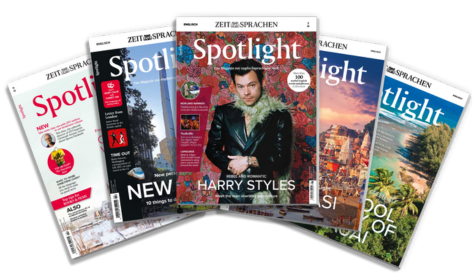So, dear readers, my editor asked me to write about travel. Usually, I to rantsich ereifernrant about some annoying English-language trend – any topic I want, and there are plenty to choose from. The ideas just come to me – rarely am I asked to to address sth.etw. angehenaddress a particular subject. For this issue, however, my assignmentAufgabe, Auftragassignment was to write about language problems that arise when traveling to places where one doesn’t speak the language.
I don’t have a lot of experience with this. When I travel, I like to relax, and I don’t find the inability to express myself relaxing. The countries I’ve visited may not be English-speaking, but they’ve generally been places where people to cater to sth./sb.auf etw./jmdn. ausgerichtet seincatering to tourists spoke either English or German, or were able to to handlemit etw. klarkommenhandle my bad French or even worse Italian.
One destination I’ve been to where people didn’t speak English – at least not the people I encountered in the service sector – was Hong Kong, paradoxically, when it was still British. My hotel was in a non-touristy part of town and not even the hotel staff spoke English. I went to non-touristy restaurants and had to point to my food. Once, on a day trip to Canton, I drew what I wanted to eat on a napkinServiettenapkin. (I don’t recommend this unless you draw really well.) The Chinese waitstaff (N.Am.)Servicepersonalwaitstaff to crack up laughing (ifml.)sich kaputtlachencracked up laughing. They called other waiters over to look at my order. I’m not sure whether this improved Sino–American relations or damaged them, but everyone was amused.
Back in Hong Kong, I found that people in the service sector spoke English only in absolute tourist spots. Had the street signs and metro stops not been in English, I would have been totally lost.
On Lanzarote, I once left my rental car (N.Am.)Mietwagenrental car on a plateau above the Playa del Papagayo. When I returned, I found it had been robbed – the door and lock had been to pry sth. openetw. aufbrechenpried open, my jacket in the trunk (N.Am.)Kofferraumtrunk was gone. Neither the police nor the Guardia Civil spoke anything I did, and I don’t speak Spanish, except for the numbers one to ten, which I learned as a kid from Sesame Street. The phrase La vía del tren subterráneo es peligrosa (The underground railway track is dangerous) – the warning sign found everywhere on New York’s subway (N. Am.)U-Bahnsubways – wasn’t going to help me either.
What did I do? I drew the crime sceneTatortcrime scene. I drew a map. I drew the car and lock. I drew my Barbour jacket. (This was a long time ago, before smartphones.)
Today, things are much easier, now that we can carry a computer, a camera, and a translator in our pockets, all in one little deviceGerätdevice. But pictographs have been around since 9000 B.C. – or even earlier if you count cave paintingHöhlenmalereicave paintings.
I got my insurance money in Spain and I got the meal I was hoping for in Canton, so my drawings worked for me. But my best recommendation is, learn a language. Better still, learn several!
Neugierig auf mehr?
Dann nutzen Sie die Möglichkeit und stellen Sie sich Ihr optimales Abo ganz nach Ihren Wünschen zusammen.



